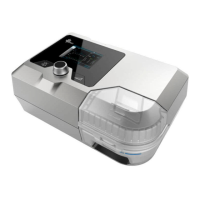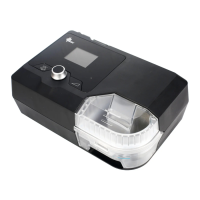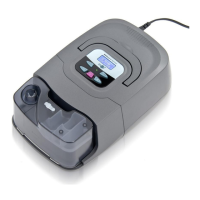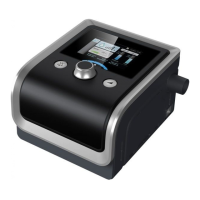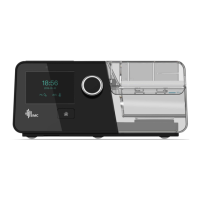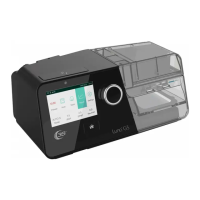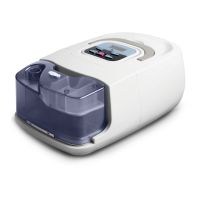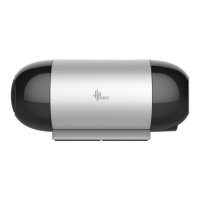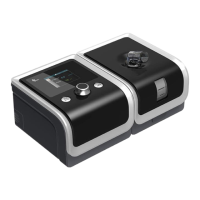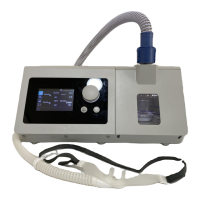What to do if I have eye irritation using BMC Medical Equipment?
- Kkevin33Aug 7, 2025
Eye irritation with BMC Medical Equipment can occur if the mask doesn't fit well, leading to air leaks. Try narrowing the distance between the forehead support and your forehead, but be careful not to overtighten it. You can also add filling to the mask to prevent leaks. If the mask cushion hardens, replace it. If problems persist, contact your equipment supplier for a more suitable mask.
